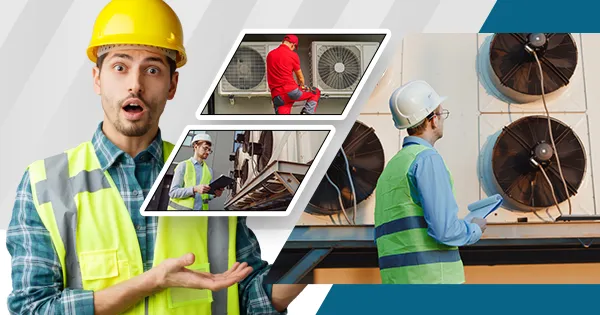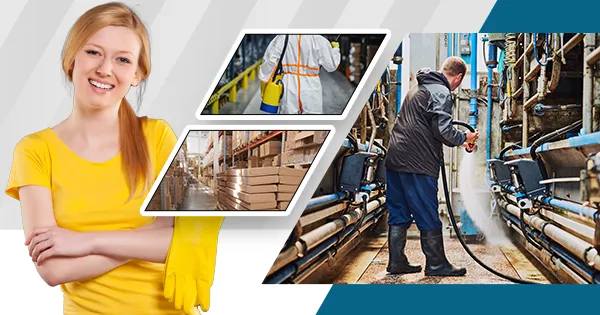Your roof is your home or building’s first line of defense against the elements. Yet, many property owners overlook routine upkeep until it’s too late. A small leak can quickly escalate into major water damage, affecting ceilings, walls, electrical systems, and even the structural integrity of your property. Fortunately, with a proactive approach, you can safeguard your roof and prolong its lifespan.
Inspect Your Roof Regularly
Routine inspections—ideally twice a year—help detect minor issues before they become costly repairs. Look for cracked, missing, or curling shingles, signs of moss or algae growth, and inspect flashing around vents and chimneys.
Clear Debris and Clean Gutters
Leaves, branches, and other debris can accumulate on your roof and in your gutters, leading to water backup and eventual leakage. Regular cleaning not only prevents clogs but also minimizes the chances of water pooling on the roof.
Address Minor Repairs Promptly
Don’t ignore small leaks or minor damage. Quick action can prevent widespread issues. For commercial or larger buildings, partnering with a professional building maintenance service ensures repairs are handled thoroughly and efficiently.
Invest in High-Level Cleaning
Roofs on commercial properties or multi-storey buildings often require expert care. High-level cleaning services can help remove grime, algae, and debris in hard-to-reach areas, preserving roof integrity and improving aesthetics.
Ensure Proper Insulation and Ventilation
Poor ventilation can lead to moisture buildup in your attic, which contributes to rot and mold. Ensure your attic is well-insulated and ventilated to promote airflow and reduce heat accumulation, which can also age shingles prematurely.
Know When to Call Professionals
While some maintenance tasks are DIY-friendly, complex repairs and annual inspections are best left to experts. Professionals can identify hidden problems and use the proper tools and techniques to carry out repairs safely and effectively.
Conclusion
Maintaining your roof doesn’t just prevent water damage—it extends the overall lifespan of your property. With consistent care and the support of expert services, you can keep your roof in optimal condition and avoid unexpected costs down the road.







